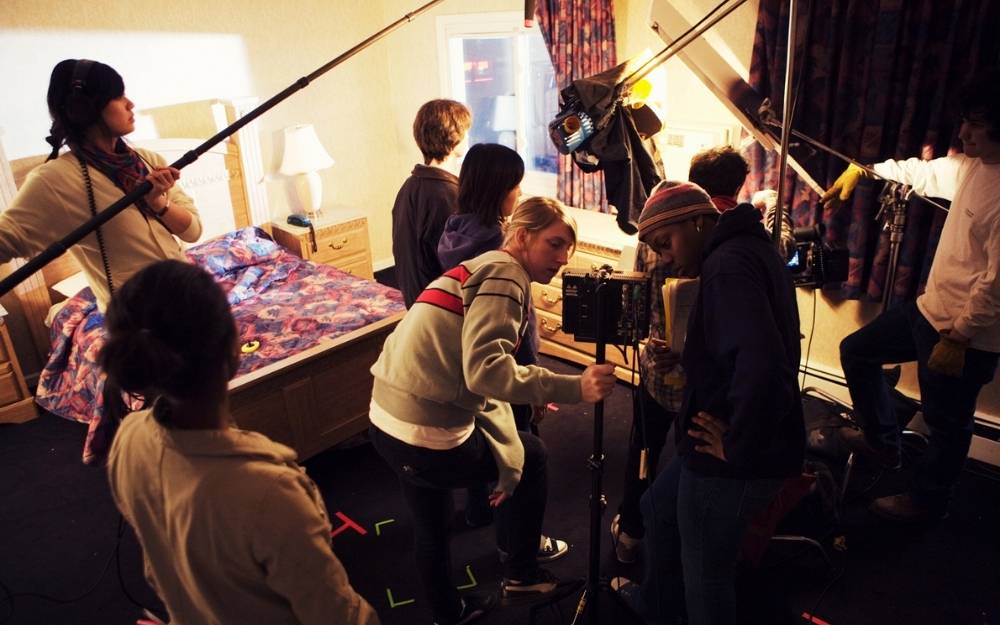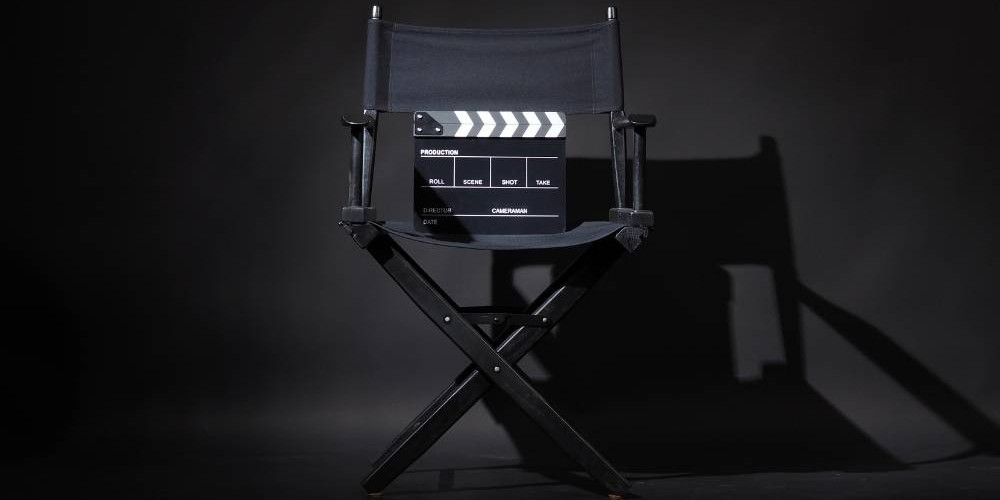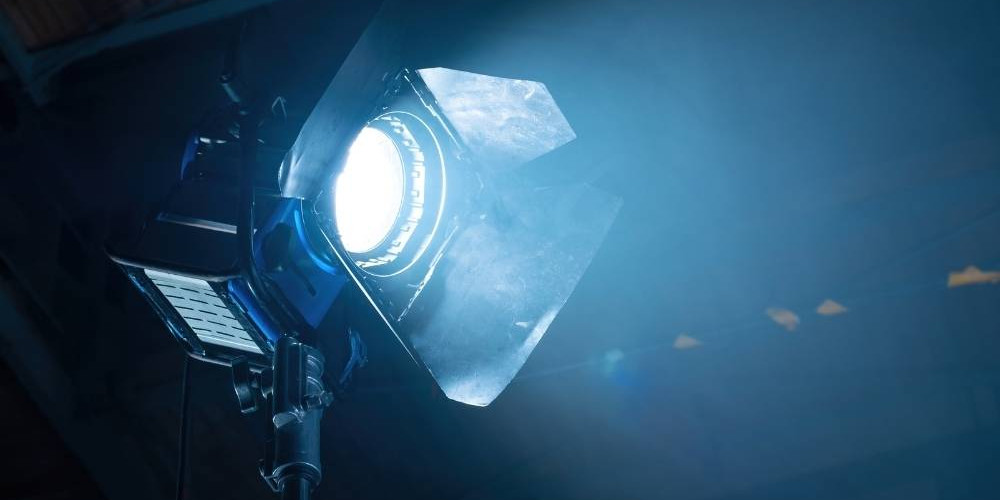Pacing is one of the most overlooked elements of filmmaking — yet it’s one of the most powerful forces shaping how a story is experienced. The way a film unfolds determines whether audiences stay engaged, feel emotionally immersed, or disconnect entirely. In an era defined by shorter attention spans, streaming platforms, and on-demand content, pacing has become a strategic artistic choice rather than a purely structural one.
Why Pacing Defines Audience Engagement
Narrative pacing controls momentum. Too slow, and viewers lose interest. Too fast, and the emotional weight never lands. Masterful filmmakers understand that pacing isn’t just about speed — it’s about rhythm. The best films balance tension and release, silence and movement, intensity and stillness. When pacing aligns with narrative purpose, the story becomes immersive rather than mechanical.
Timing Emotion: Scenes That Breathe and Scenes That Hit Hard
Emotion needs space to develop. A powerful moment doesn’t resonate if the film rushes past it. Conversely, lingering too long can dull impact. Strategic pacing ensures emotional beats land with precision. Whether it’s a pause before a revelation or a rapid escalation during conflict, timing directly affects how deeply a scene is felt.
Visual and Audio Rhythm: Editing as Storytelling
Editing style heavily shapes pacing. Quick cuts build urgency. Long takes create realism and introspection. Sound design, music cues, and silence all reinforce timing. Modern filmmakers increasingly use editing not just to structure scenes, but to evoke psychological response — influencing how the audience thinks, reacts, and absorbs meaning.

Pacing and Character Development
Strong pacing allows characters to evolve naturally. Rushing development feels artificial; dragging it slows momentum. The best films reveal personality and motivation gradually, through experience rather than explanation. Good pacing respects the audience’s intelligence — allowing them to discover rather than be told.
Genre and Intention: One Size Does Not Fit All
Thrillers thrive on acceleration and controlled pressure. Drama benefits from nuance and reflection. Comedy depends on timing and rhythm. The truth is simple: pacing must serve genre, tone, and message. Modern audiences are more discerning than ever, and pacing that supports intention is what maintains credibility and impact.
The Future of Pacing in Modern Cinema
Streaming culture has changed expectations. Binge formats allow longer, slower story arcs, while theatrical releases face the pressure of instant engagement. Filmmakers now must balance artistic depth with viewing behavior shaped by digital consumption.
But despite evolving formats, one principle remains unchanged: pacing is the craft that transforms storytelling from functional to unforgettable.
A well-paced film doesn’t just hold attention — it creates emotional immersion, narrative clarity, and lasting impact. When pacing is intentional, the audience doesn’t just watch the story. They experience it.



